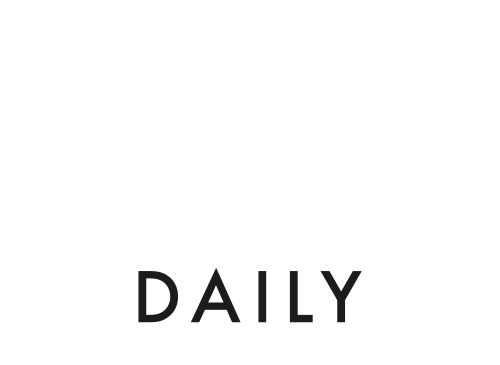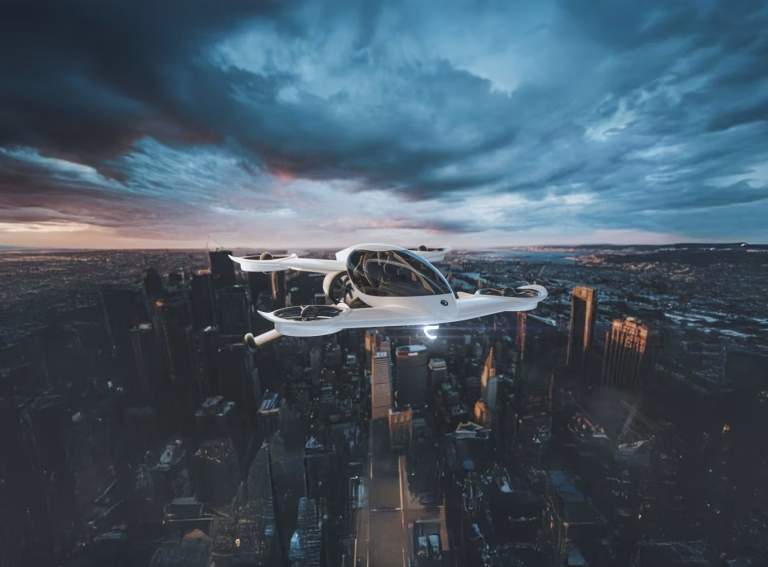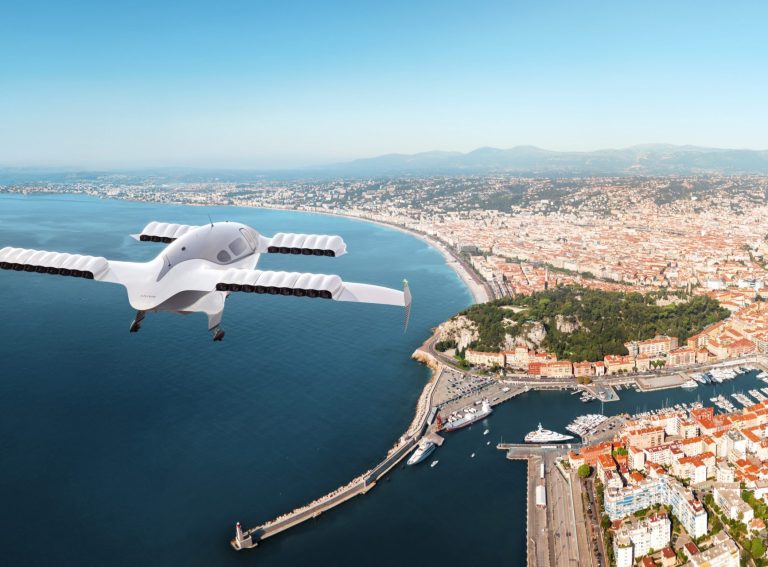A new report by Drone Industry Insights highlights record growth in drone adoption worldwide, with applications in medicine and security on the rise, but warns that regulatory hurdles and declining investment could hinder future progress.
Drone Industry Insights (DRONEII), a leading research and consultancy firm for the global drone industry, has released its Global Drone Review 2024, offering a comprehensive overview of the drone economy.
The report synthesizes data from over 960 companies worldwide and includes insights on market dynamics, operational trends, and competitive rankings for manufacturers and service providers.
This year’s report explores how drones are being deployed across industries, trends in adoption, and barriers preventing the sector from reaching its full potential. “This isn’t a case of hype dying down,” said Kay Wackwitz, CEO of DRONEII. “Drone adoption is going through the roof everywhere in the world.”
Key trends: medical and military use cases
The report reveals that global drone utilisation – measured by flight hours and operational metrics – has increased across all regions, with some areas seeing exceptional growth. Europe recorded over one million visual line of sight flight hours, while beyond visual line of sight (BVLOS) operations surged in South America by 60 percent. In the Middle East and Africa, flight hours for medical delivery drones nearly doubled.
“Africa is really championing it,” Wackwitz shared. “Drones are being used more in the healthcare sector, and that means the lives of many people will be rescued by these operations.” The report also highlights a shift in top markets for drone applications. Emergency services now represent the leading sector for drone adoption, surpassing traditional uses like agriculture and energy.
In addition to healthcare applications, the report highlights growing adoption of drones in security and military operations. Security-focused deployments – such as monitoring and emergency services – have become a top market for drone manufacturers. The influence of military use is also evident, with dual-use applications gaining traction. Wackwitz noted that parts from recreational drones are increasingly being adapted for military purposes, creating new opportunities for manufacturers in this space.
Regulatory hurdles and declining funding
Despite promising growth, the drone industry faces significant challenges. Regulatory processes, particularly for BVLOS operations, are bogged down by bureaucracy and bottlenecks. Companies face lengthy approval times that can last months, forcing some to exit the market altogether. “The regulatory landscape is more procrastinating than progressing,” Wackwitz said. “There’s a bottleneck in aviation authorities. Paperwork can sit for half a year, during which companies lose money and sometimes have to drop out.”
Another pressing issue is the sharp decline in funding. Between 2022 and 2023, investment in the drone market halved, dropping from $3.46 billion in 2021’s peak year to $1.76 billion last year. This funding crunch particularly affects mature companies that need substantial capital to scale operations.
Despite these obstacles, the Global Drone Review 2024 indicates strong confidence in the sector’s long-term potential. Drone applications in public safety, inspection, and medical delivery are expected to continue growing, driven by innovation and increasing demand. However, to fully capitalize on these opportunities, industry stakeholders will need to address challenges in regulation, funding, and technology readiness.




